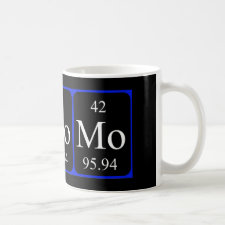
Authors: Li W, Ye ZX
Article Title: Molecularly Imprinted Technique-Flow Injection-Chemoluminescence System Analysis Detect Phenol in Water.
Publication date: 2010
Journal: Chinese Journal of Environmental Science
Issue: (11)
Page numbers: 2829-2834.
Alternative URL: http://en.cnki.com.cn/Article_en/CJFDTotal-HJKZ201011051.htm
Abstract: Using phenol as template, acrylamide as monomers, pentaerythritol triacrylate as crosslinking agent, azodiisobutyronitrile as initiating agent,acetomitrile as thinner, we synthesized MIPM in aquosity system with suspension polymerization, on which surface there are some holes. The adsorbance of MIPM to phenol will no longer increased after two hours, it means that it reaches the saturation which were 7.03 μmol L-1. The separate genes of MIPM were 1.66 and 1.99 with pyrocatechol and hydroquinone as competitors. The MIPM had the better effect of adsorption and selectivity. Using MIPM as molecule recognizates, we set up a new method which was molecularly imprinted technique-flow injection-chemoluminescence analysis to detect phenol. The result shows that the range of phenol concentration from 1 x 10-3 μg L-1 to 100 μg L-1 with adsorbed by MIPM is linearly dependent, which relativity coefficient is 0.9996 and the relative standard deviation is 0.99%, the detection limit is 9 x 10-4 μg L-1. Using the method to detecting phenol from the water samples, the recoveries of phenol is 99%-105%, the result is pretty good.
Template and target information: phenol
Author keywords: Molecularly imprinted polymeric microspheres(MIPM), suspension polymerization, phenol, chemiluminescence analysis, Luminol, potassium permanganate



Join the Society for Molecular Imprinting

New items RSS feed
Sign-up for e-mail updates:
Choose between receiving an occasional newsletter or more frequent e-mail alerts.
Click here to go to the sign-up page.
Is your name elemental or peptidic? Enter your name and find out by clicking either of the buttons below!
Other products you may like:
 MIPdatabase
MIPdatabase









